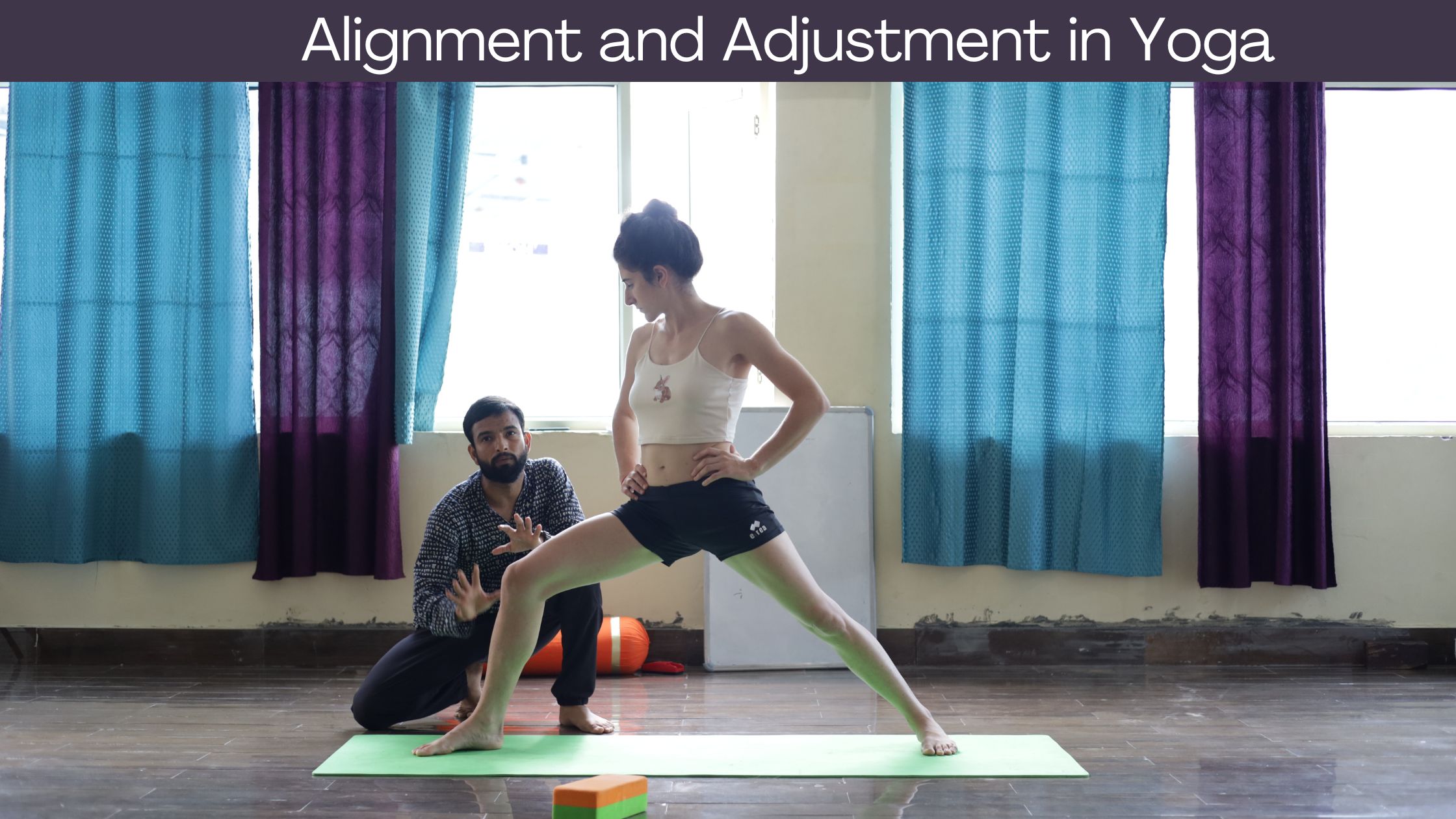
Correct posture is what alignment offers your body! but is it this simple to find alignment in your postures? We all think that we are the only ones who cannot do a particular pose. And when we can’t, we believe that there is “something wrong” with our posture. Well, understanding the reality of human variation and your uniqueness will help you sweep away these delusions. Feel a little relaxed in knowing that you are not the only one who cannot do a particular posture! You are unique, and that uniqueness is what makes the difference between what “everyone” seems to be able to do and what you can do.
All the yoga students and yoga teachers in Rishikesh have the same desire: It would sure be great if every person’s body was the same and if we all looked like the drawings in the anatomy books with perfect yoga postures. But then alignment and adjustment would have no use.
7 Benefits of doing yoga with correct alignment
– Reduces Your Risk Of Injury
– Biomechanical Efficiency
– Conserve Energy
– Reduces Fatigued
– Builds Strength
– Energy Flow
– Appearance
What is Alignment?
Yoga alignment is finding the planes of movement for each individual posture according to the body type. For many yoga teachers in Rishikesh alignment may only mean drawing straight lines and stacking bones. Another way of attaining a picture-perfect shape but perfect postures are not the only outcomes of alignment. Contrarily, alignment means aligning each posture according to the individual body type.
Enhancing yoga practitioners’ physical capabilities, and allowing them to hold the postures in a more aligned manner. It doesn’t matter what the individual’s level of flexibility or mobility is or what’s their shape or size.
Alignment remains completely unbiased and can be achieved with the use of yoga straps, blocks, or other props. Alignment’s primary objectives are yielding the benefits of each posture and redundancy of risk factors; it can be referred to as the tool to get the geometry of the physical body right.
Interesting fact out muscle tension!
A study found four main contributors to tension in the midrange of a joint’s movement:
– Skin: 2%
– Muscles: 41%
– Tendons: 10%
– Joint capsule: 47%
Also read this
Importance of Alignment and Adjustment in Yoga
Beginners starting their yoga practice are often quite stiff, and reaching the perfect yoga posture is not easy in the beginning. Some yoga practitioners are so stiff that they give up on yoga postures(asana). This is like saying one is too dirty to have a shower, or too sick to see a doctor.
We do yoga because we are stiff! But we don’t want to become injured. Yet many advanced, experienced yoga students and teachers are injured through their yoga practice, whereas the beginning students are not. Why? For most beginners, alignment doesn’t even matter because they are restricted in their range of motion. So the first step is to open up the body and then apply the alignment to postures but over years of yoga practice, these yogis will work through their resistance and increase their range of motion but forget the basics of body alignment, hence they end up hurting themselves in the advance asanas where alignment is as important as body’s strength and range of motion. This is a dangerous time! As students become more and more physical but ignore the alignment completely.
What is perfect posture?
Posture is not an easy concept to understand. It can refer to the alignment of the body’s parts or a particular position of the body or the average orientation of the body parts over time; or the angular relations of the body parts.
Another definition considers “good posture” to be the place where there is a combination of less stress on the joints as well the muscles. However, there is still something missing in all these definitions, and is the reality of time and motion. We rarely hold the body still for very long, so a posture needs to include a dynamic movement. However, the aim of hatha yoga practice is that we should maintain the posture for at least a minute or more before releasing and moving into another static position. For each pose, there is a prescribed *position*, but defining the ideal *posture* for each pose is not possible. There is no static ideal that fits everybody.
When we exhibit an ideal posture, our bilateral joints are loaded symmetrically (there is equal stress in both hips, both knees, and both feet). However, where the body expends the least amount of energy to remain balanced could also be considered good posture.
8 Factors apart from the alignment that determines a good posture
– Our environment (the nature of the ground we are standing on, wind, ambient noise, etc.)
– Our sensory system (eyes and inner ears, to determine where horizontal is)
– Our proprioception (to determine where we are in respect to horizontal)
– Our musculature system (which muscles are activated and which are relaxed)
– Our nervous system (muscular control, perception, and memory)
– The position of the joints (e.g., neck, spine, hips, knees, and ankles)
– The quality of the ligaments and joint capsules and their tension
– Whether we are moving or stationary
Importance of verbal cues in alignment
It is quite evident that everybody is different and everybody requires an adjustment while performing any yoga posture. Generally, an average yoga class in the Yoga Capital of Rishikesh consists of 15-20 students and it is really difficult to adjust every student’s posture personally.
This happens not due to the incompetency of the yoga teacher in Rishikesh, this happens because of the time restriction. Hence, verbal instructions play an important role for a yoga teacher, if a teacher can look at the body and command the correct alignment and adjustment then it saves a lot of time and effort.
However, if verbal instruction is given or heard wrong, it can cause an injury. Therefore, giving and receiving verbal cues is one of the imperative factors for alignment and adjustment
10 Reasons why your muscle tension increases while finding the right alignment for your yoga postures?
Tension can arise due to:
– short muscles
– short, tight fascia that envelops the muscle fibers
– tightness in the fascial bags that envelop the whole muscle group
– fascial restrictions distant from the local muscle group
– nervous system interactions with the muscle, tendon, and fascia
– immune system responses that tighten the fascia
– shrink-wrapping of the joint capsule
– contracture of the ligaments and tendons
– water retention in the tissues
– several other factors, including our emotional state of mind
Get in Touch:
Email: vinyasayogaashram@gmail.com
Phone: +91-8171563333
Website: https://www.vinyasayogaashram.com
Yoga School in Rishikesh | Yoga Teacher Training in Rishikesh | 100 Hour Yoga Teacher Training in Rishikesh | 200 Hour Yoga Teacher Training in Rishikesh | 300 Hour Teacher Training in Rishikesh | 500 Hour Yoga Teacher Training in Rishikesh | Meditation Retreats in Rishikesh | Prenatal Yoga Teacher Training in Rishikesh
Recent Posts
- Pranayama- the Ashta Kumbhakas
- Key Muscles Used in Ashtanga Primary Series
- Spine Health And Yoga: Top 5 Yoga Poses for a Healthy Spine and Back
- Scorpion Pose for Strength and Flexibility: An Ultimate Guide for Mastering the Balancing Act
- Why Multi-Style Yoga Training is the Ultimate Choice for Aspiring Instructors
- How Yoga Science and Anatomy Enhance The Practice
- Yoga for digestive health
- Yoga for Seniors: Boosting Overall Health and Wellness in Later Life
- International yoga day: A Global Celebration of Yoga and Well-being
- Ashtanga Vinyasa Yoga vs. Hatha Yoga: A Comprehensive Comparison

